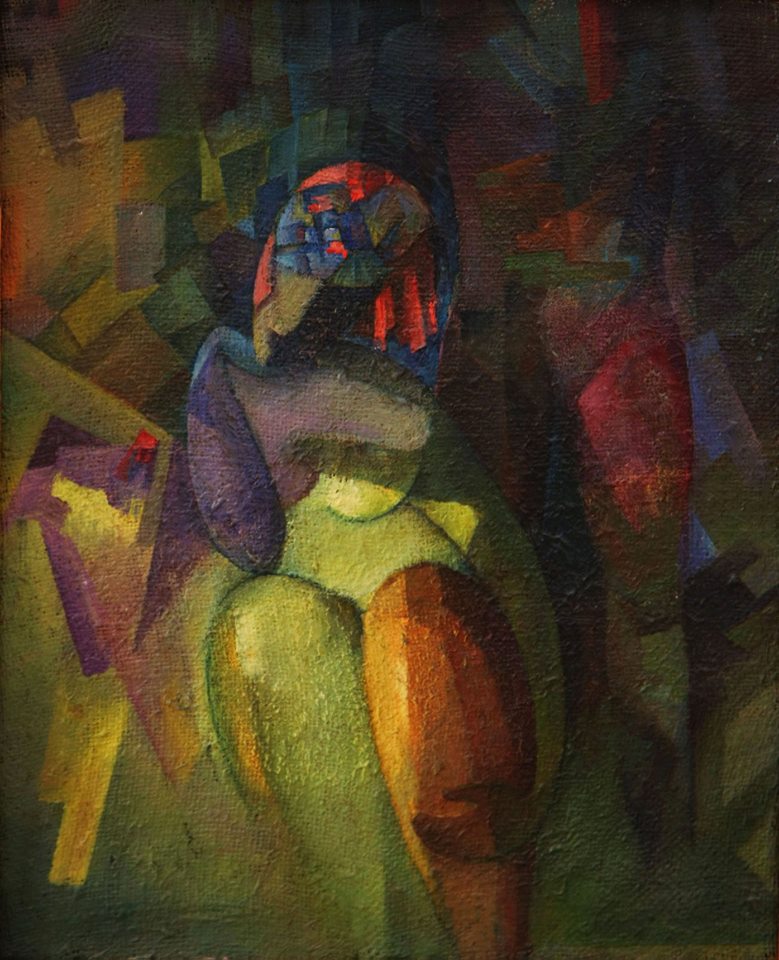 This is the first post in a planned series on planetary retrogrades. Today’s topic:
This is the first post in a planned series on planetary retrogrades. Today’s topic:
- what is a retrograde motion of the planets
- when planets go retrograde
- what happens to a planet (and to us) at different stages of the retrograde loop
What is a retrograde motion of the planets?
All the planets in the Solar System orbit the Sun in the same direction, but at different speeds. If we were observing from the Sun, that’s exactly how it would look like. But we’re on Earth, which is also constantly moving. Because of the difference in speed between Earth and other planets, there are times when a planet appears to move backwards in the sky. In reality, the planet continues moving in the same direction as always — but from our perspective on Earth, it seems to reverse for a while. This apparent backward motion is called retrograde motion. The normal direction is called direct or forward motion.
The concept of retrograde motion applies only to planets that, like Earth, orbit the Sun. The Sun and Moon never appear to move retrograde.
Astrology (at least as practiced by most astrologers) uses a geocentric model, placing Earth, not the Sun, at the center, because humans live on Earth. The primary focus in astrology is the human being and their interaction with the universe. This means it’s not only important how planets actually move around the Sun, but also how a person on Earth sees that movement, perceives it, and responds to it. From this perspective, all planetary phenomena visible from Earth are considered highly significant. And while retrograde motion is only an optical illusion, it still is considerably important.
When do planets go into retrrograde?
Each planet has its own retrograde duration and frequency:
- Mercury goes retrograde three to four times a year, each period lasting about 3 weeks.
- Venus turns retrograde for about 6 weeks once every 19 months.
- Mars goes retrograde roughly every two-plus years, for about 3 months.
- Jupiter, Saturn, and the other outer planets appear to move backward about once a year, for a stretch of 4 to 6 months.
You can find the calendar of this year’s planetary retrograde periods here.
Retrograde loop and it’s stages
A planet’s retrograde period doesn’t begin abruptly. It’s preceded by a visible slowdown and a pause before the planet appears to reverse direction. This pause is called stationary motion and lasts from a day to several days, depending on the planet. The same kind of pause happens again before the planet turns back to direct motion.
 In the diagram, you can see the points of stationary motion and the planet’s path along what’s called the retrograde loop, where it travels the same section of the Zodiac three times.
In the diagram, you can see the points of stationary motion and the planet’s path along what’s called the retrograde loop, where it travels the same section of the Zodiac three times.
- before the retrograde motion,
- during the retrograde motion
- and directly after it.
The stationary points, as well as the start and end of the retrograde loop, mark important stages in the process:
Point 1 – Start of the loop: The planet is still moving direct but passes, for the first time, the degree where it will later turn direct again.
Point 2 – Stationary point: The planet appears to stop before turning retrograde.
Point 3 – Stationary point: The planet appears to stop before resuming direct motion.
Point 4 – End of the loop: The planet, now moving direct, passes for the last time the degree where it had earlier turned retrograde.
Each planet has its own spheres of influence, so each loop manifests differently. Still, there are some general principles that apply to all retrograde cycles.
During the retrograde loop, the planet appears somehow unsure, as if it doubted it was heading in the right direction. The same thing happens with people. We begin to question the validity of our beliefs, the ways we solve problems, our values and priorities. We start to revise them and create new ones. At this time, events may occur that encourage a shift in our usual approach to life, worldview, or relationships (depending on the sphere governed by the planet). And vice versa, our changing perception influences our decisions and, consequently, the situations we find ourselves in.
From point 1 to point 2
When the planet is still moving forward, but is already slowing down before turning around. Established, long-held views are called into question, and confidence in them decreases as the planet’s speed slows down. Events may occur during this period that you’ll need to revisit later. During this time, it is worth paying closer attention to what is happening.
This is a preparation for a change of views, priorities, usual methods of solving problems.
From point 2 to point 3
The planet moves backward. This is when the usual patterns stop working, so you have to act outside the box, spend more time on routine matters, repeat the same steps several times, retrace.
Decisions made now may not align with true needs, and may be regretted later when the needs take on a new form. This is not the time to start or acquire something new in the area of planetary control.
It makes sense to look for solutions to long-standing problems, as the absence of your usual way of seeing things can help you find a new solution to an old issue. After all, in order for something new to come, you need to create space – am emptiness ready to be filled. It’s a good time for reviewing and working through past mistakes.
From point 3 to point 4
The planet moves directly again, gradually picking up speed. New patterns and beliefs are developed and solidified, and it becomes easier to identify mistakes made during the passing planetary loop. At this stage, situations that arose during the previous stages of the loop may be resolved, or, if they are long-term projects, the problem will finally take its shape, and it will become clear how to solve it.
Thus:
During the time when a planet is moving along its loop, it is not advisable to create new situations, since it is difficult to build something stable on an unstable opinion. But it does make sense to carefully monitor your reaction to events in order to be able, later on, to form new values and methods of action that correspond to the moment.
In my upcoming notes on retrograde motion, I will cover which areas of life are influenced by the loops of specific planets, how being born during a retrograde loop affects a person, and how to understand how important the current loop of a particular planet is for you personally.
I wish you to catch the rhythm of the planets and walk in step with them — even if sometimes looping and returning to the past — because usually we return for something very important.









